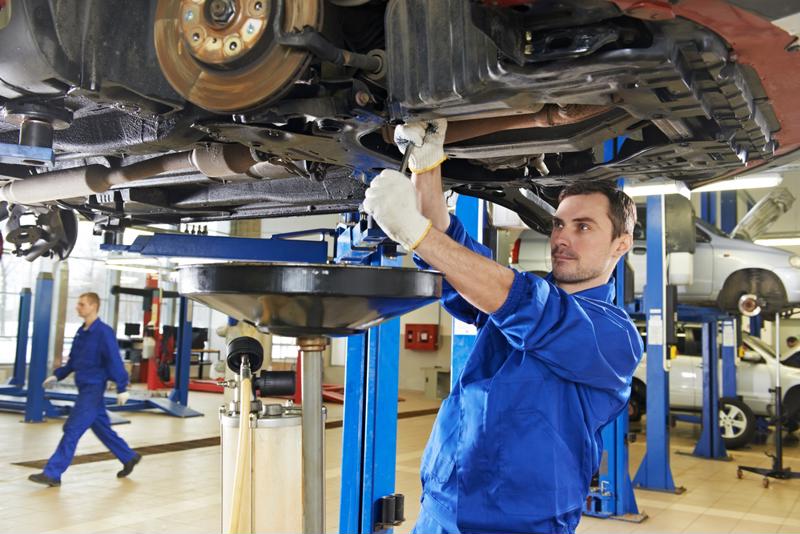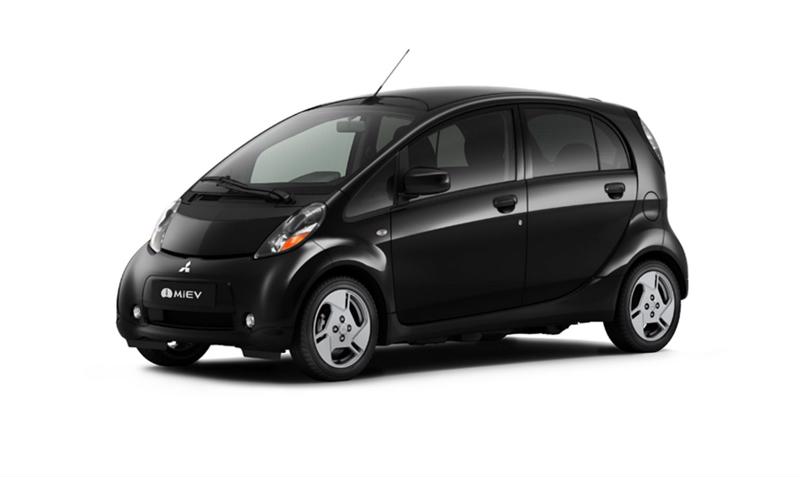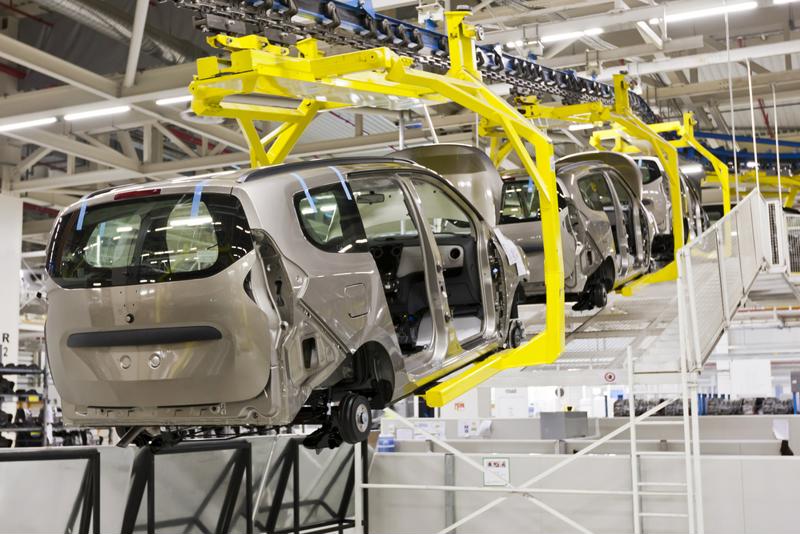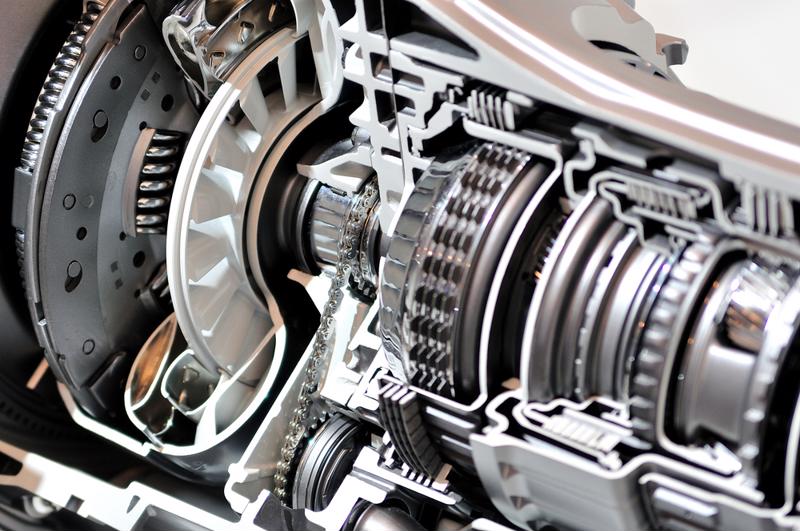If you're in the market for a used car, chances are you've heard the phrase "certified pre-owned" while you've been doing your research. This is the term used to describe used cars that are backed by a guarantee from the manufacturer and the dealer, which is designed to give consumers additional peace of mind when buying used.
But for the uninitiated, navigating the world of certified pre-owned cars and all the implications thereof can be overwhelming. Nobody wants to get burned by a bad decision made from incomplete information. What's really important about buying certified and what do you need to know before you sign on the dotted line?
Here are a few things to keep in mind the next time you're at the dealership.
"When you consider the benefits that certified cars come with you're likely saving money in the long run."
Expect to pay more – but not much more
One thing that may turn prospective buyers off from purchasing a certified pre-owned vehicle is the additional up-front cost usually associated with such a car. While it's true that you are likely to spend more on the day of your purchase buying a certified used car than one without that guarantee, the overall benefit far outweighs the initial investment.
In fact, according to CBS News, a survey that looked at 3.5 million certified used cars sold in 2014 and 2015 found that on average, buyers only paid around $722 more than they would have on cars without certification. When you consider the benefits that certified cars come with – such as extended manufacturer's warranty and a multiple-point inspection before the point of sale – you're likely saving money in the long run.
'Certified' doesn't always mean certified
While certified pre-owned vehicles are becoming more popular, it's important to note that not all cars that bear the title carry the same guarantees. There's a big difference, for example, between a manufacturer-certified car and a dealer-certified one. In general, the former is what you should be looking for, as the extended warranty is typically more extensive.
But how can you tell the difference, especially when dealers aren't advertising it themselves? According to Edmunds, the rule of thumb is this: You can only buy manufacturer-certified vehicles from a manufacturer's franchised dealer. In other words, if you can't buy new models from the dealer, you likely won't be able to find a manufacturer-certified pre-owned vehicle either.
Nothing is perfect
Buying certified is a great way to get the additional peace of mind that can help you feel confident in your used car purchase. But don't let that seal of approval lull you into a false sense of security. Yes, certified pre-owned vehicles undergo significant inspections before they're sold, but that doesn't mean that they're going to be free of problems.
In fact, it may not be a bad idea to have a third-party inspection performed before signing on the dotted line. After all, there's nothing wrong with getting a second opinion, especially with a major purchase like a car that will hopefully be with you for years.
If you're shopping for a used car, head over to NJ State Auto Auction. There are hundreds of Carfax-certified vehicles available to choose from, giving you the peace of mind that you're making a sound investment in whatever vehicle you choose.





 Get your car inspected before heading out on any major road trips.
Get your car inspected before heading out on any major road trips.



 The unique design may be the only appealing thing about the i-MiEV.
The unique design may be the only appealing thing about the i-MiEV.
 Cars of the future will be safer than ever thanks to technological advancements by automakers.
Cars of the future will be safer than ever thanks to technological advancements by automakers.
 Automatic transmissions utilize a planetary system to maximize available ratios.
Automatic transmissions utilize a planetary system to maximize available ratios.
 Boardwalks are a great attraction for beach goers – they are often lined with shops and restaurants, and some even have amusement piers.
Boardwalks are a great attraction for beach goers – they are often lined with shops and restaurants, and some even have amusement piers.
 Distracted driving has caused far more accidents than it should.
Distracted driving has caused far more accidents than it should.